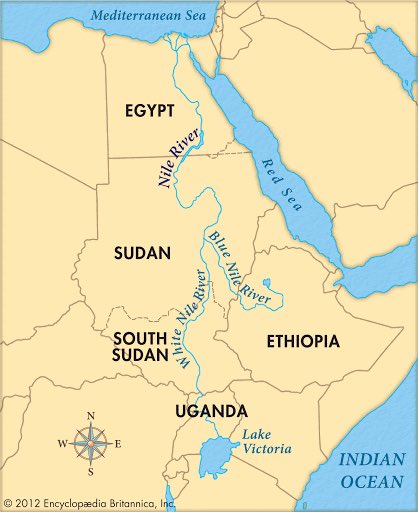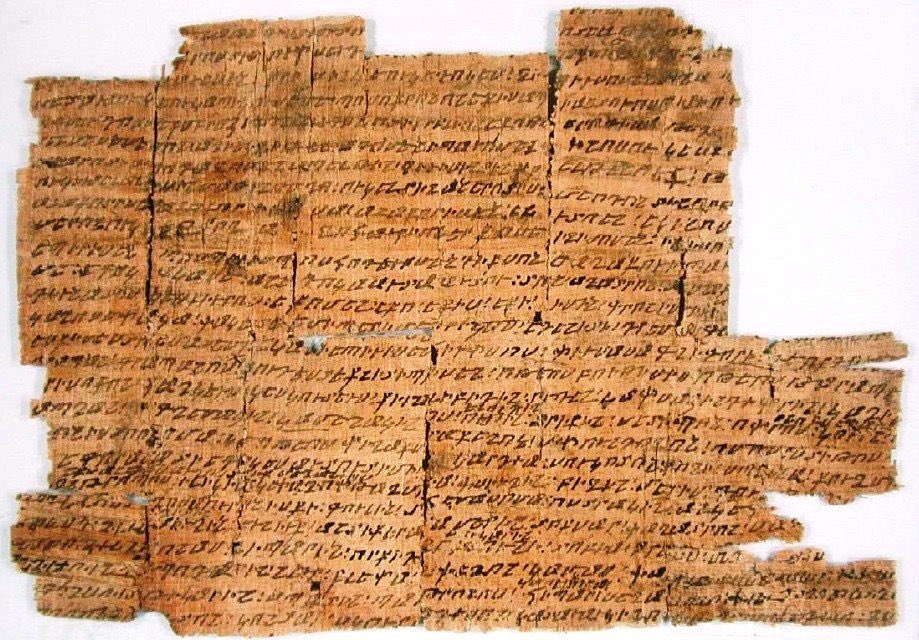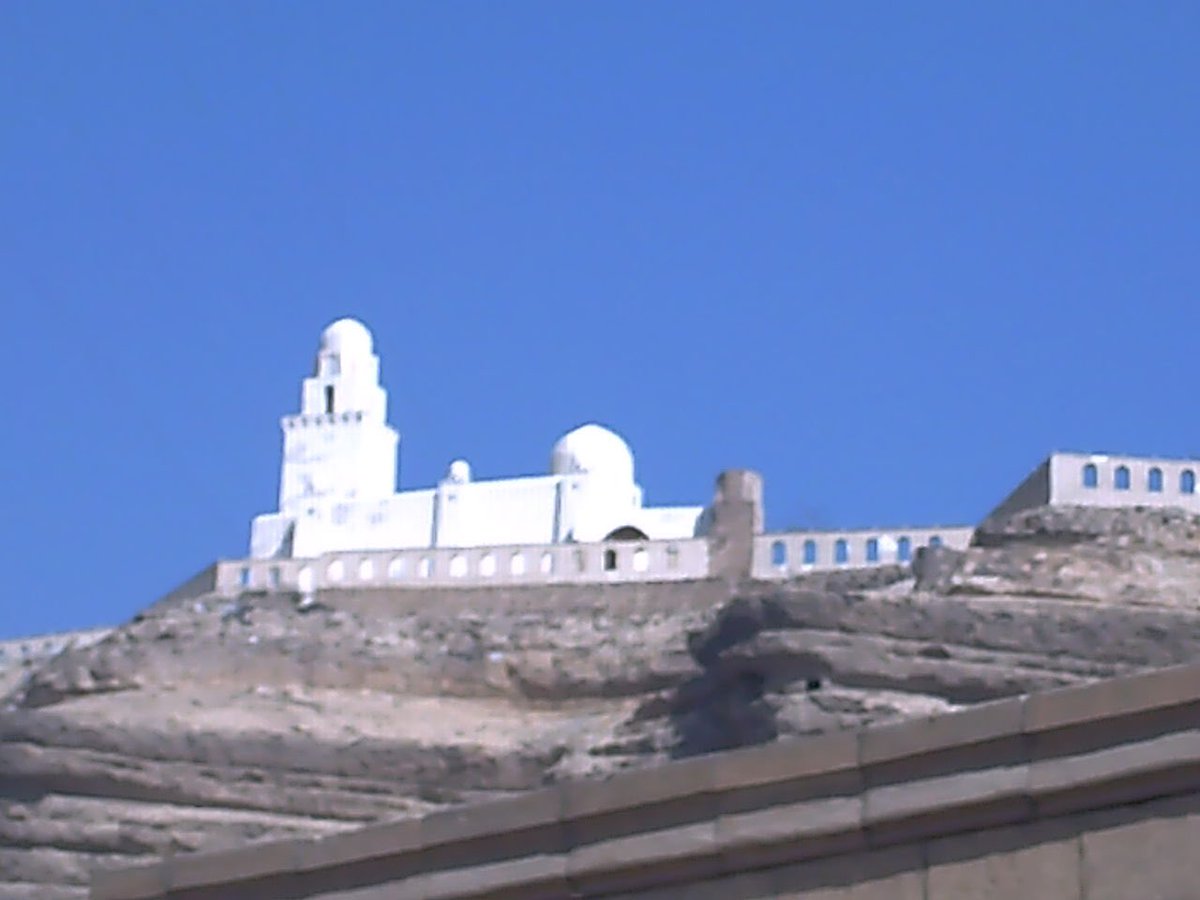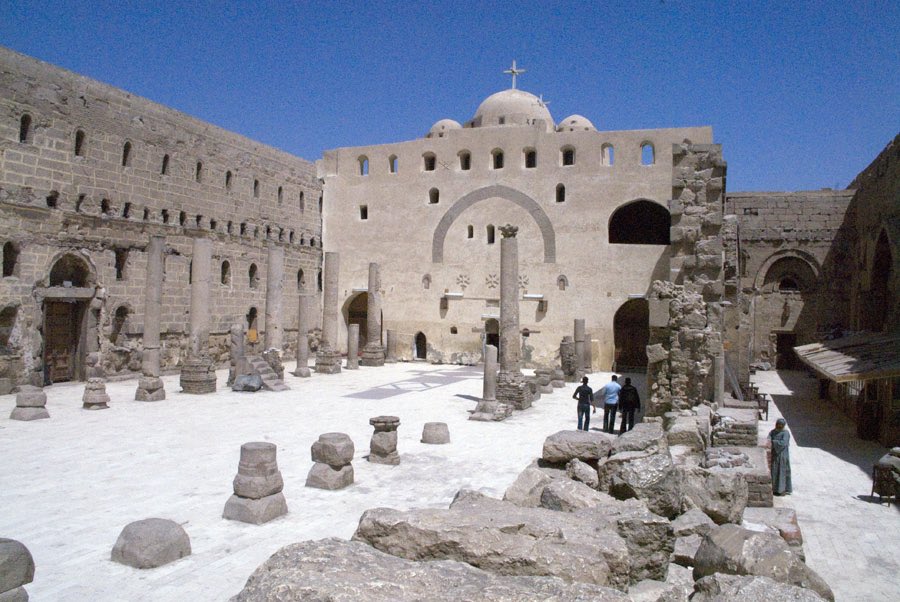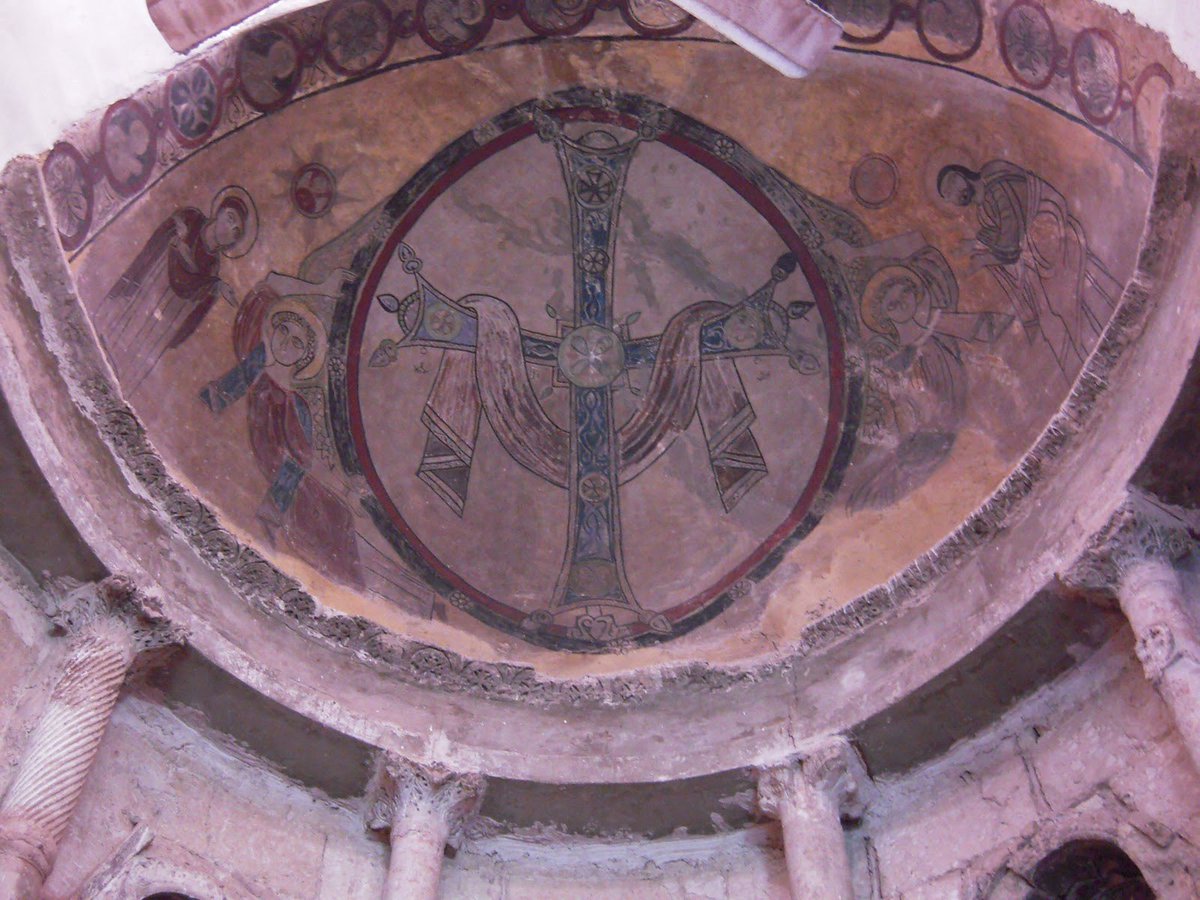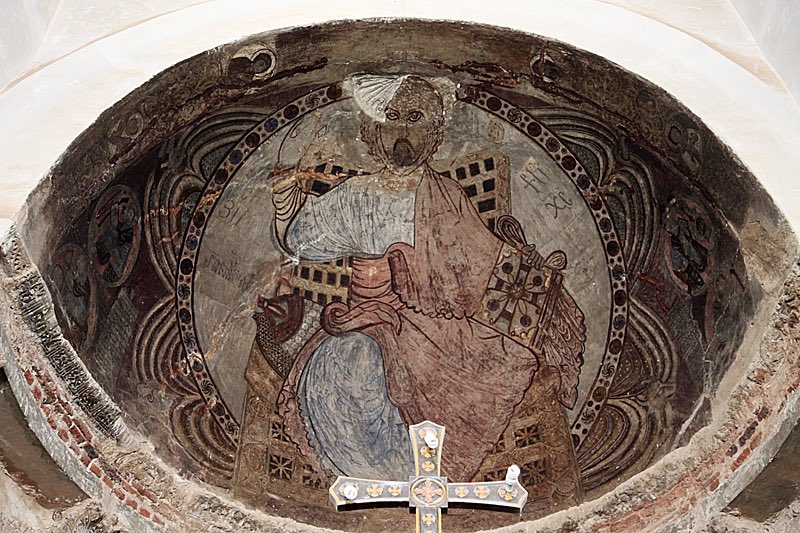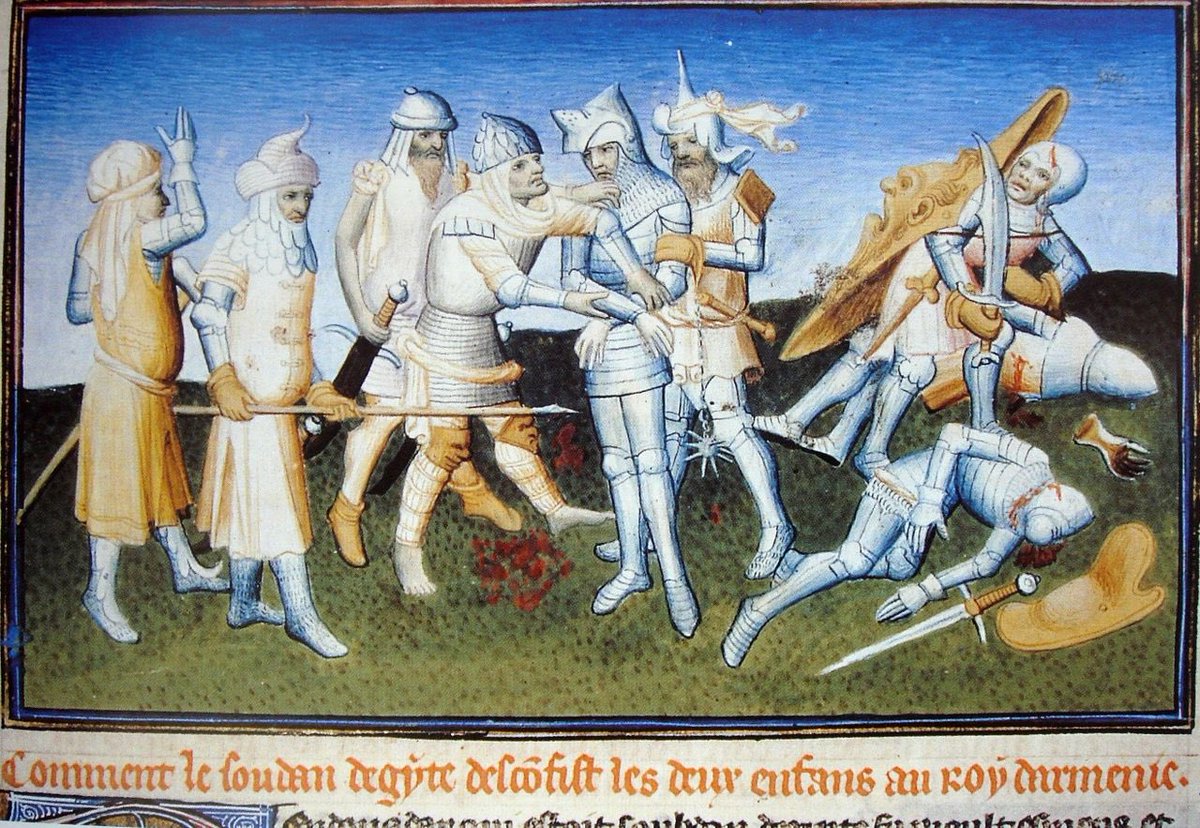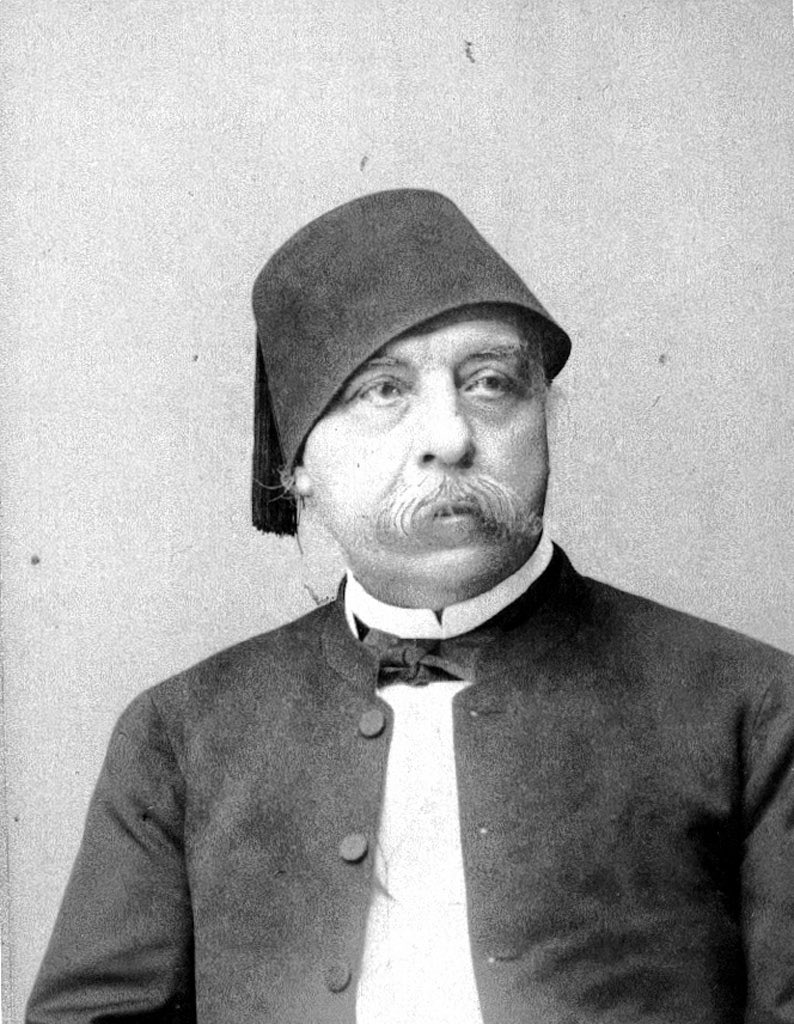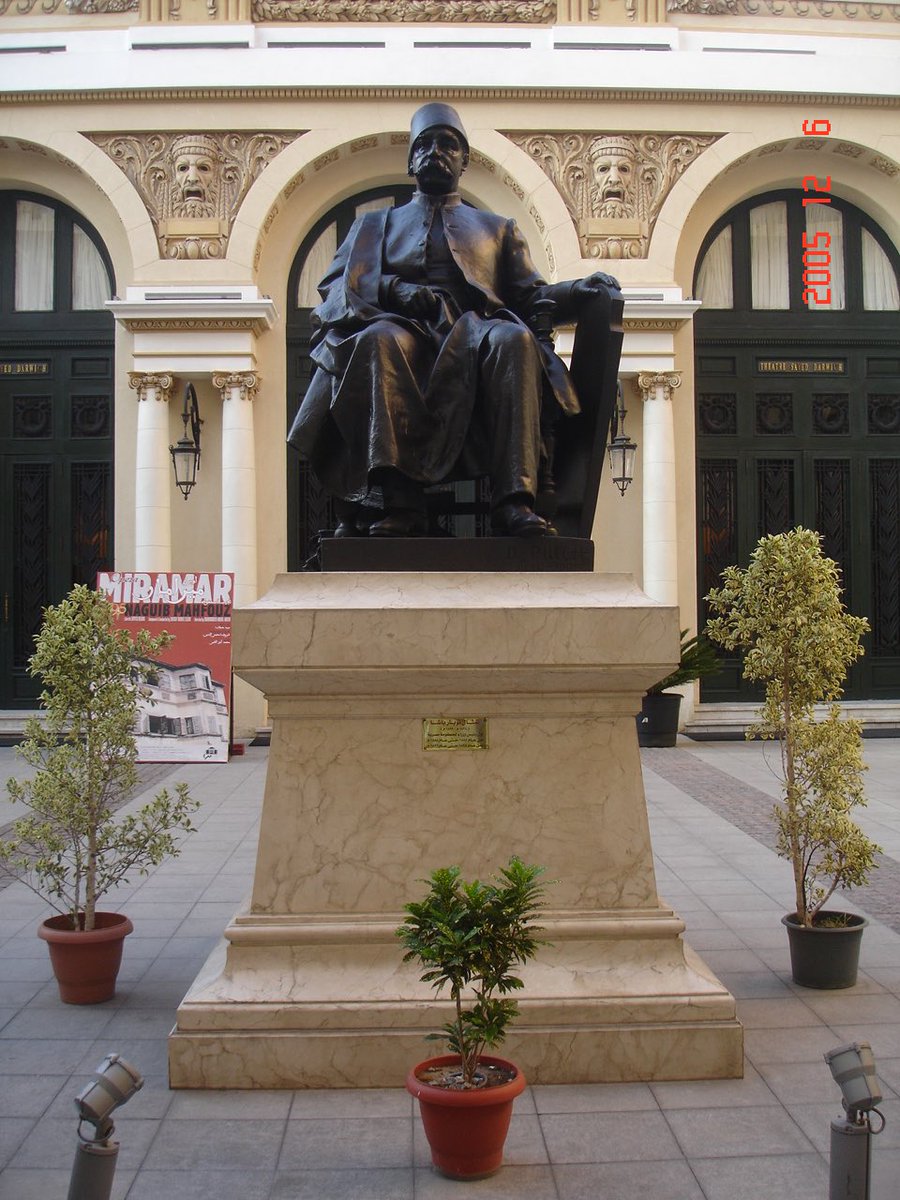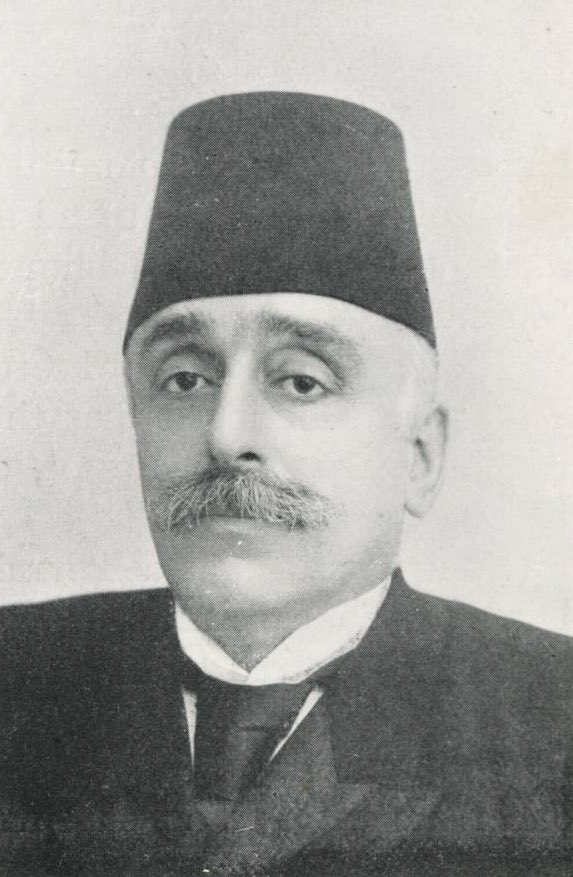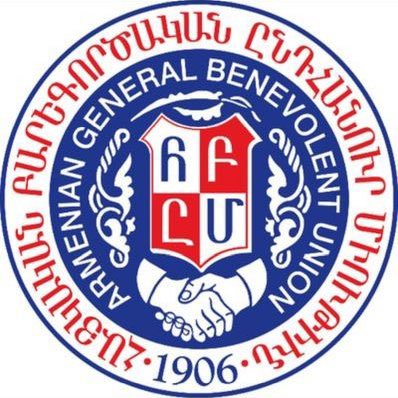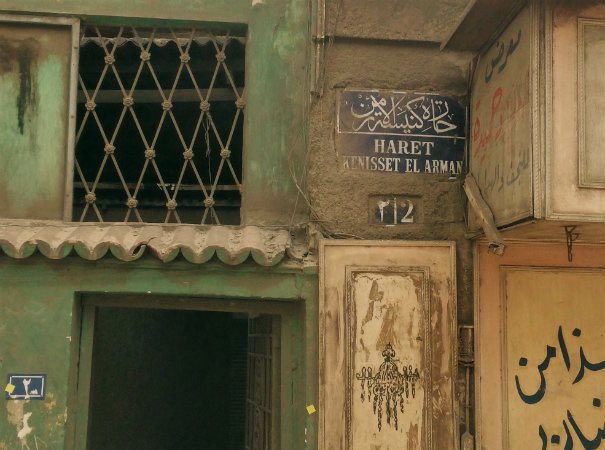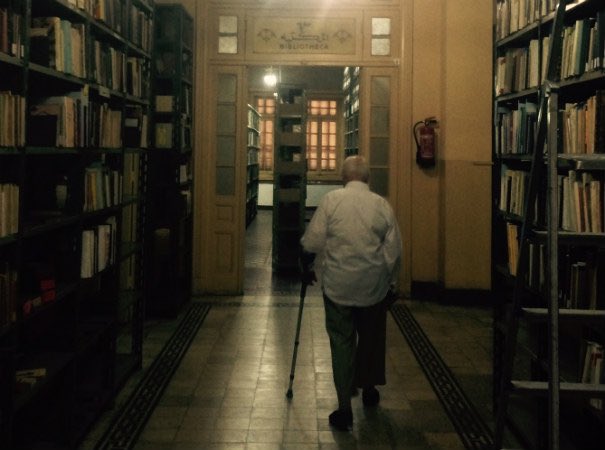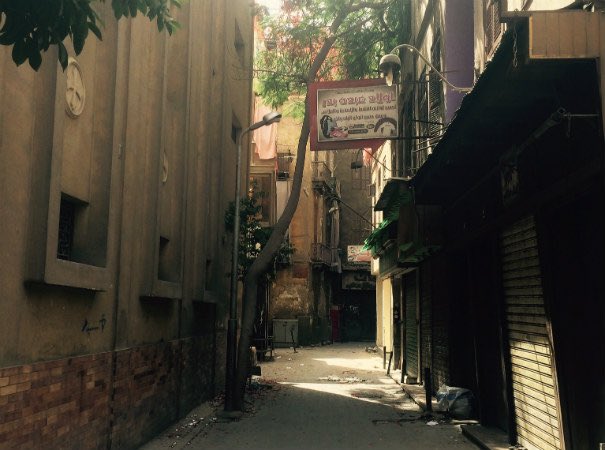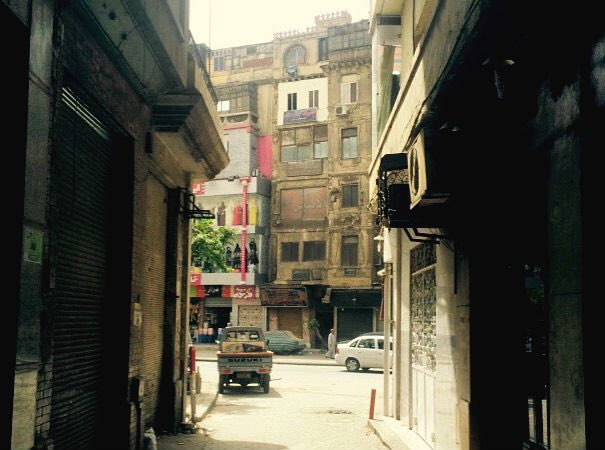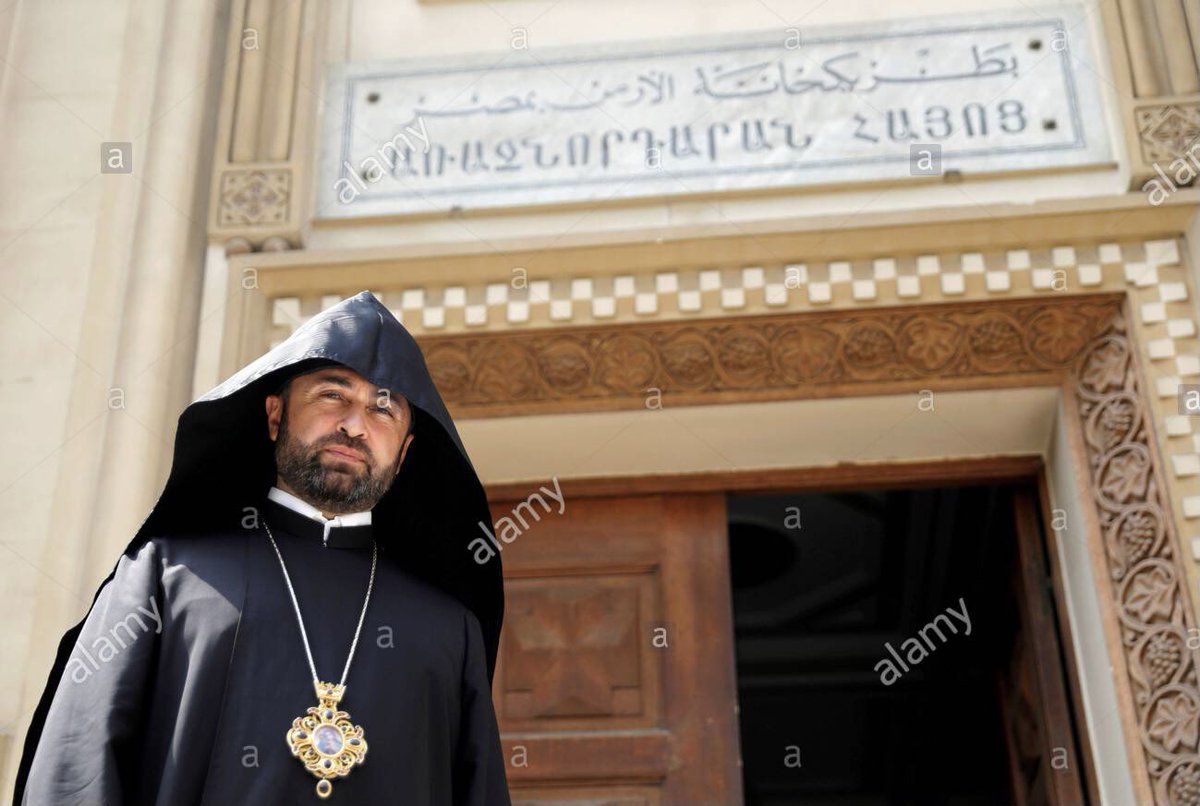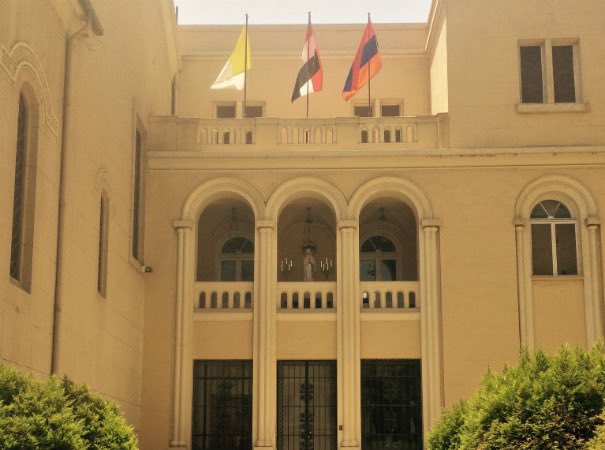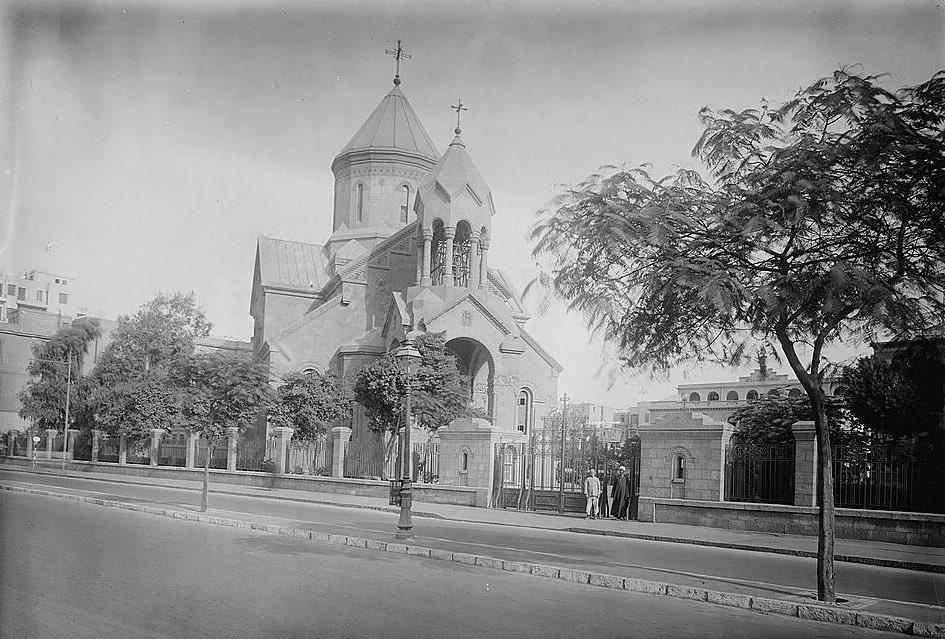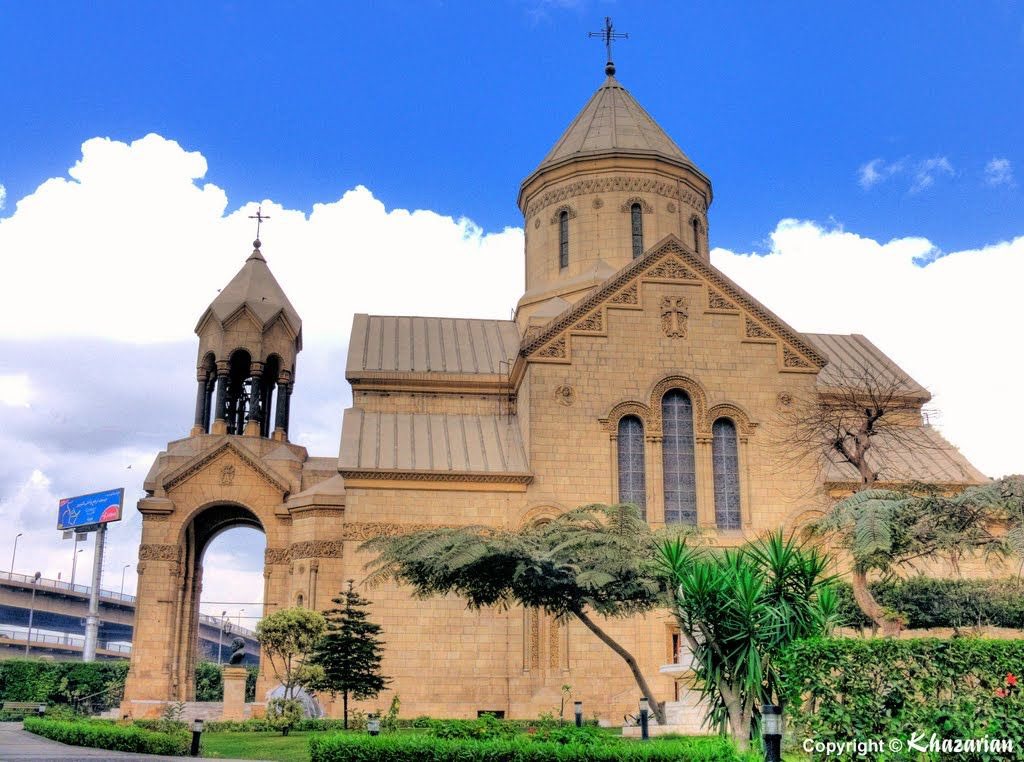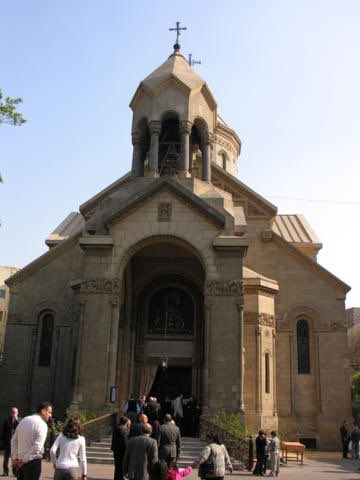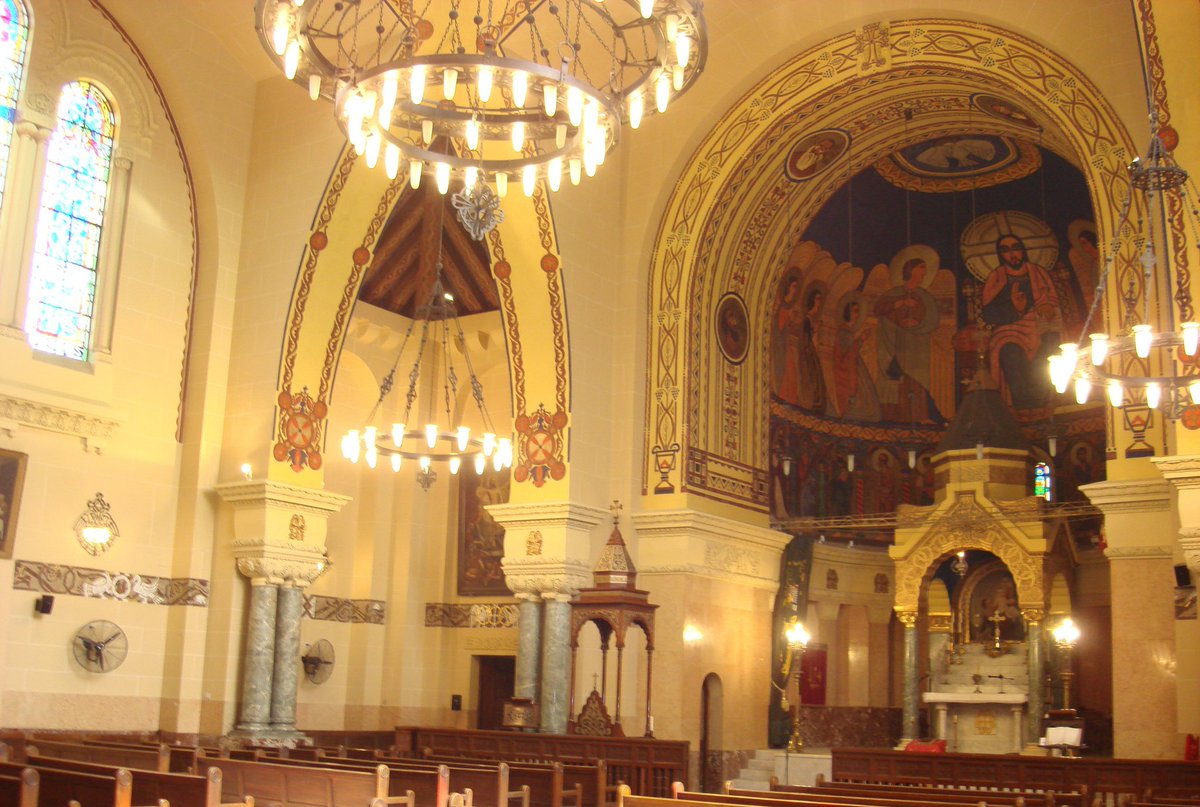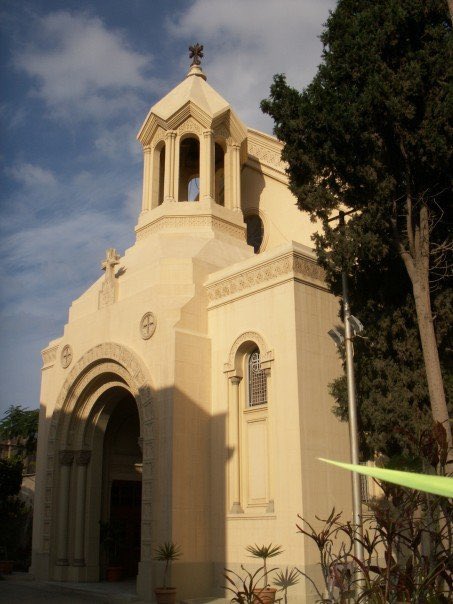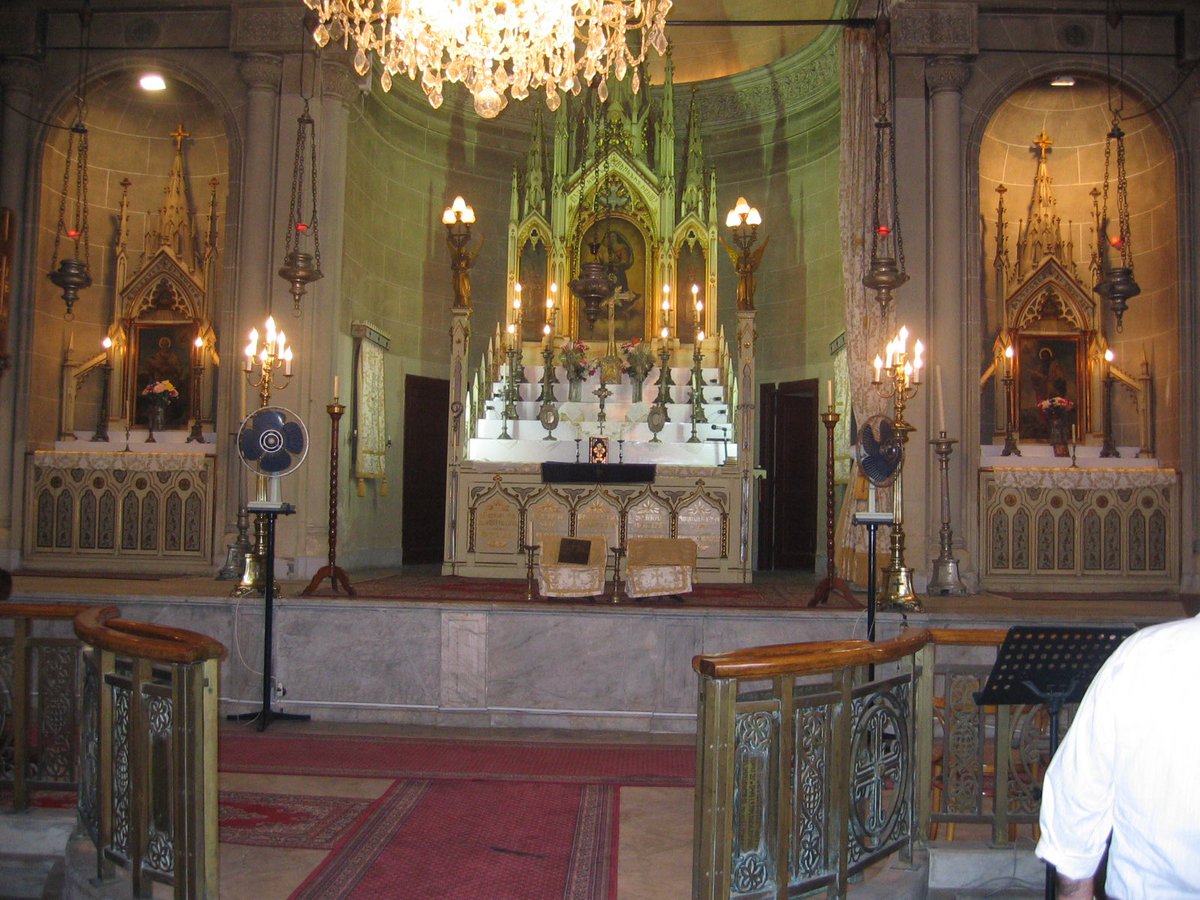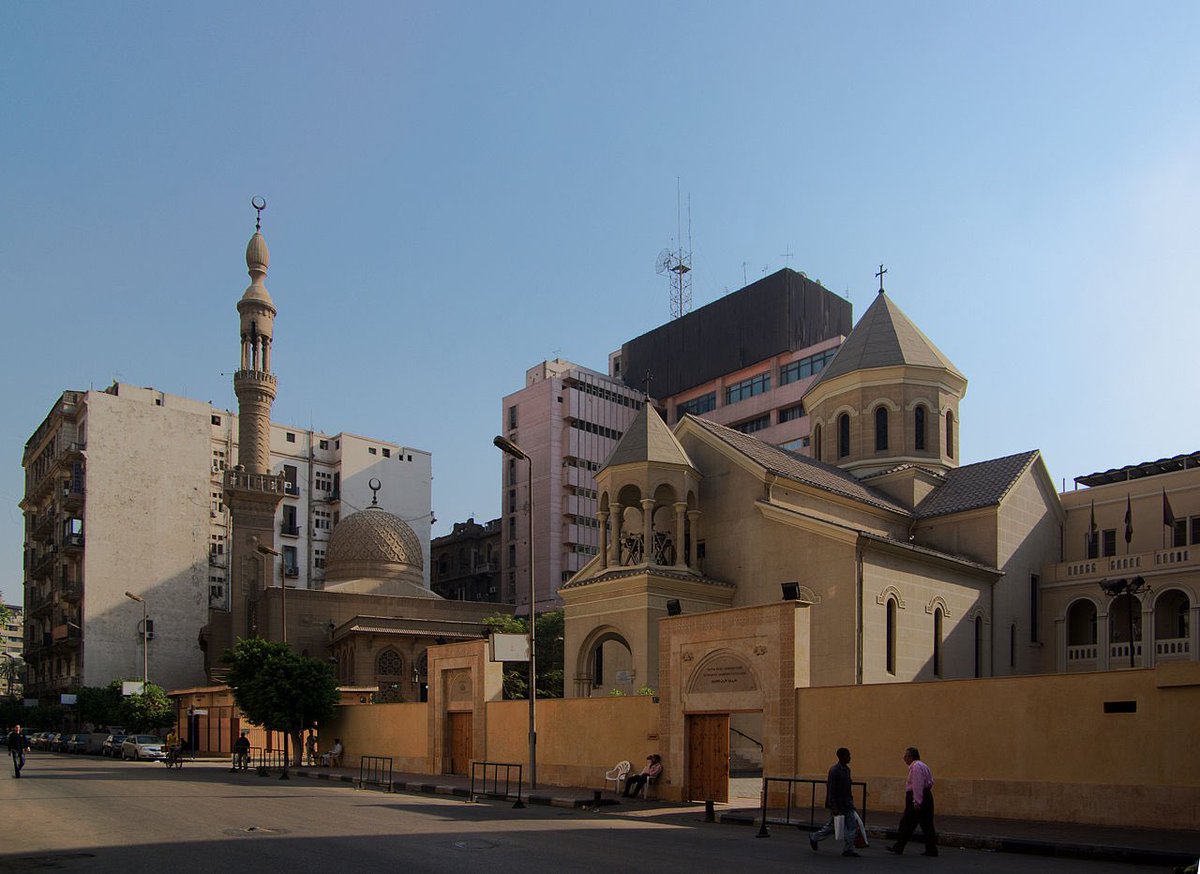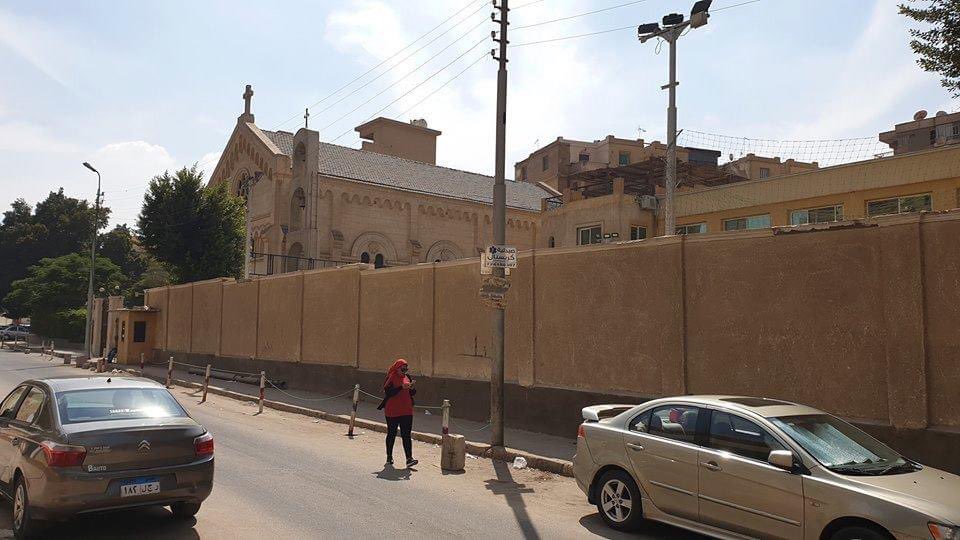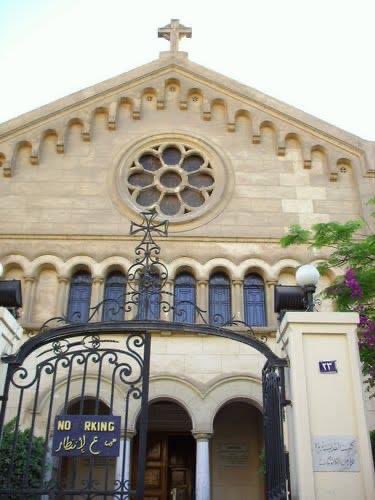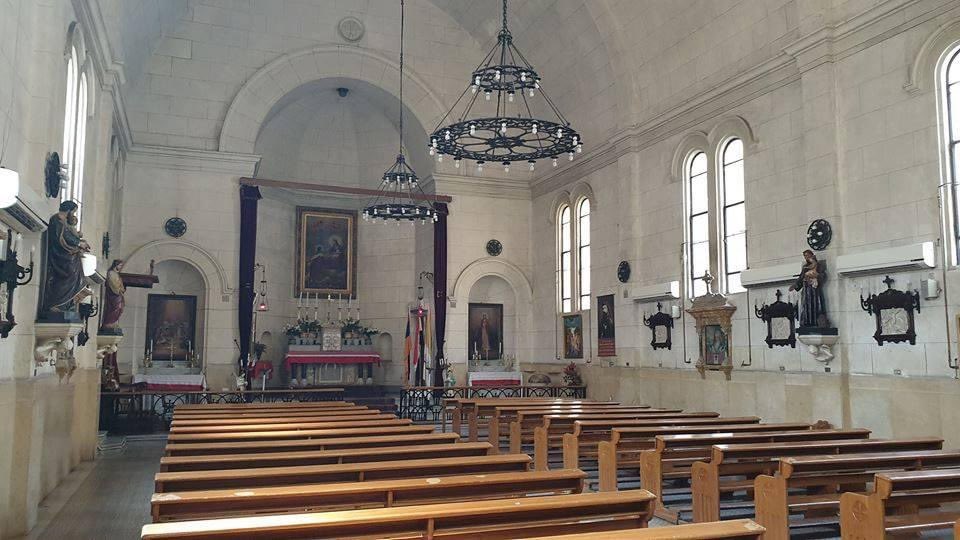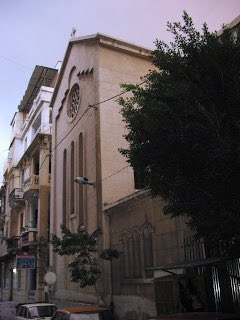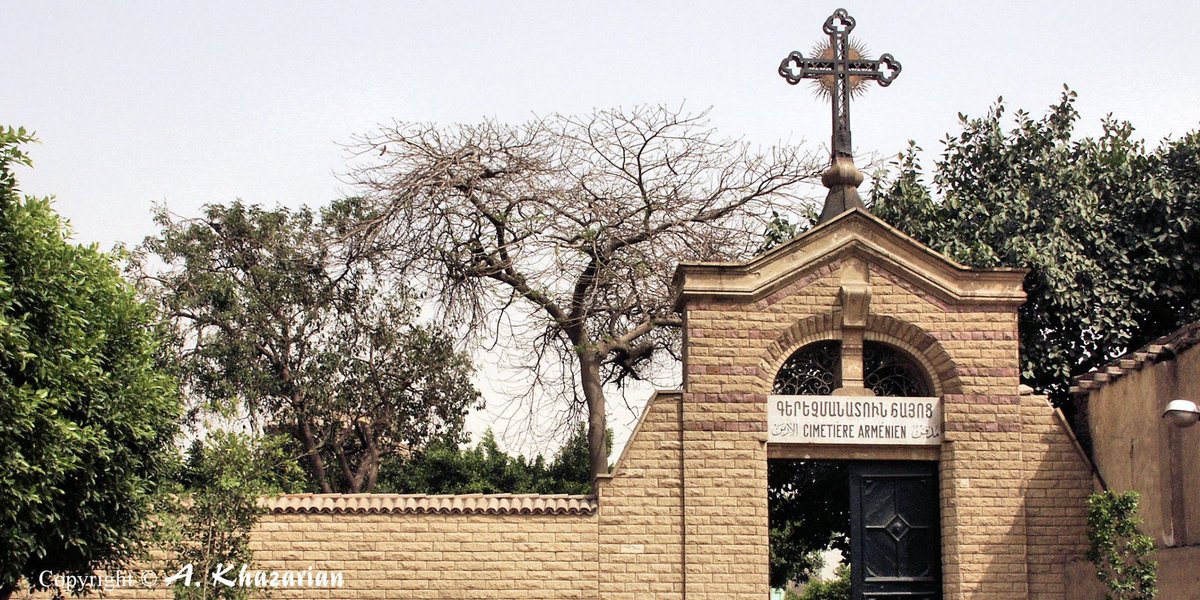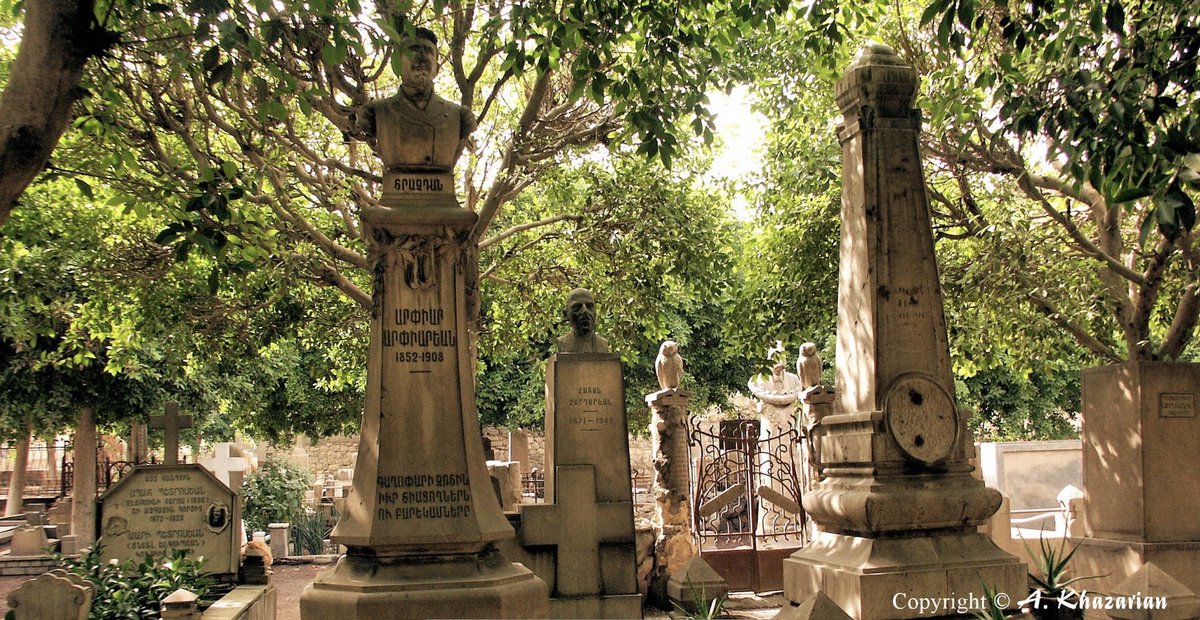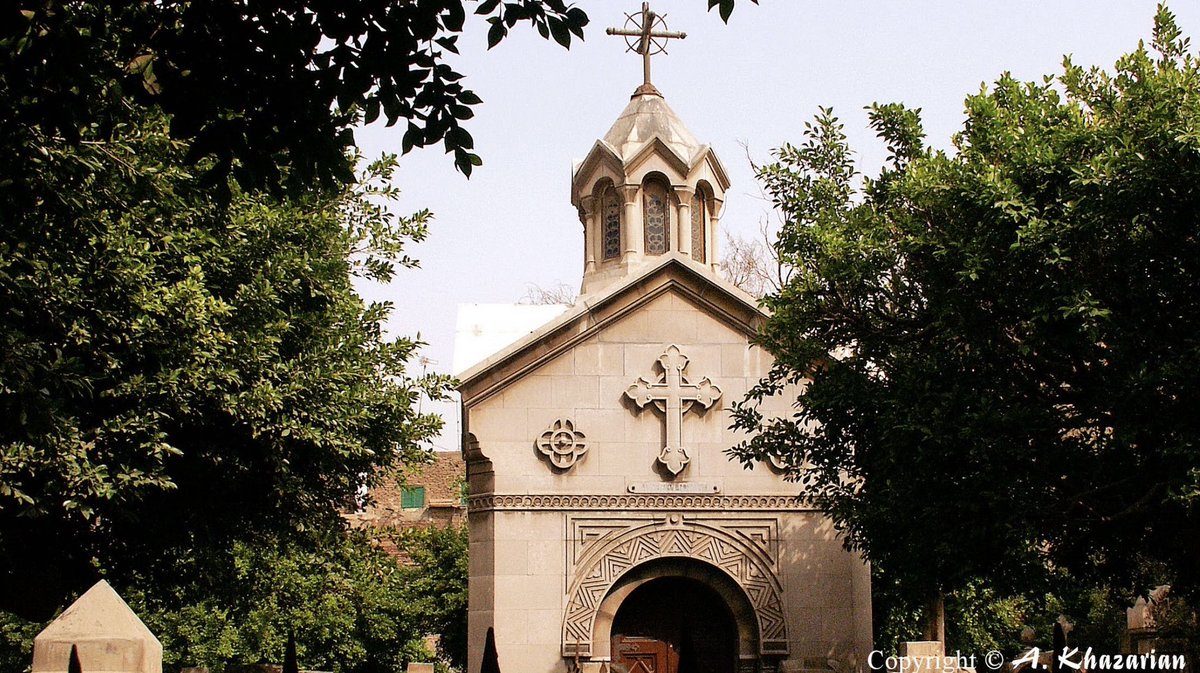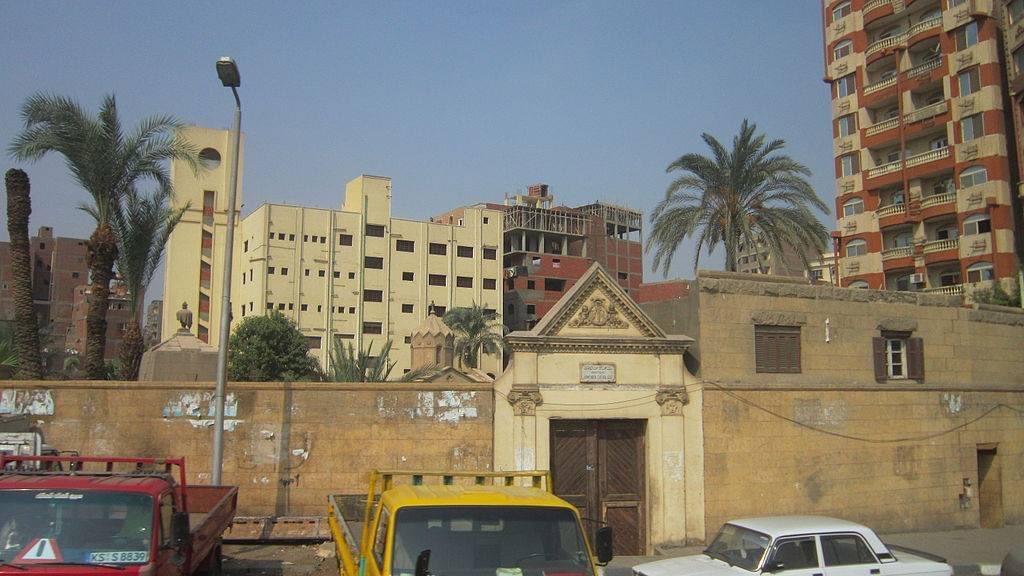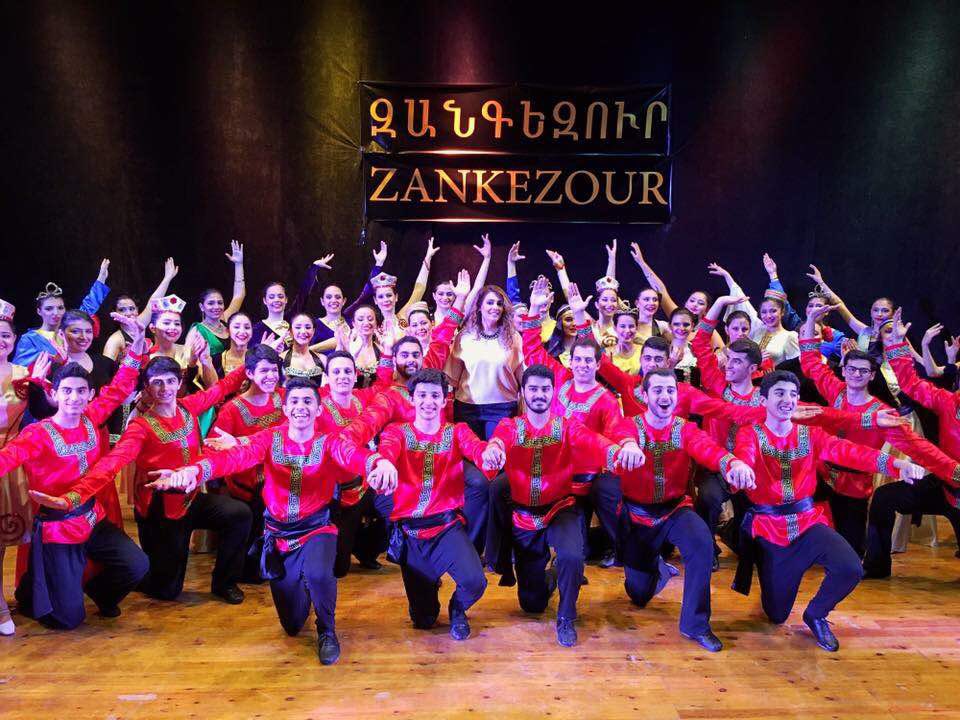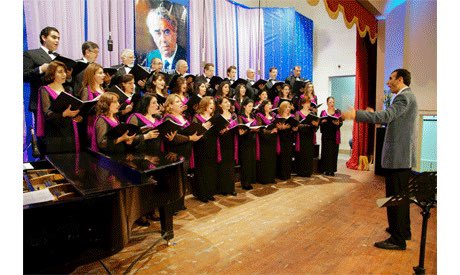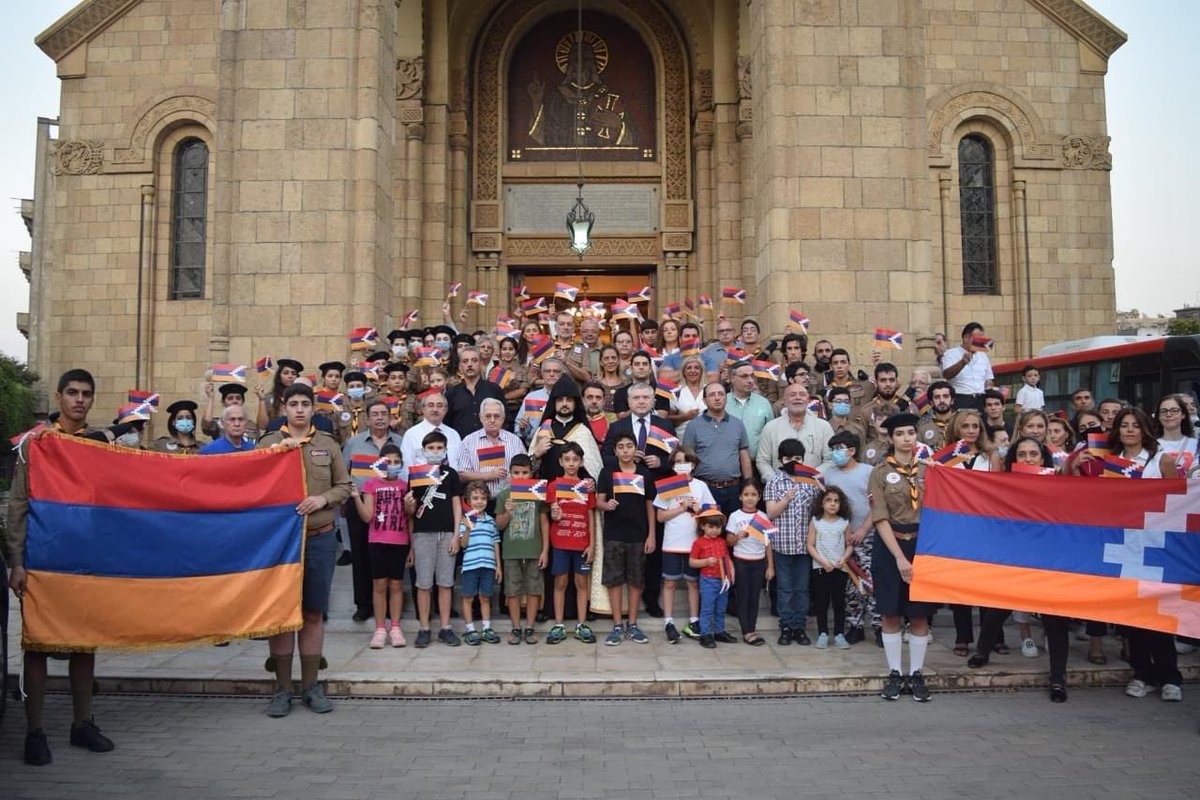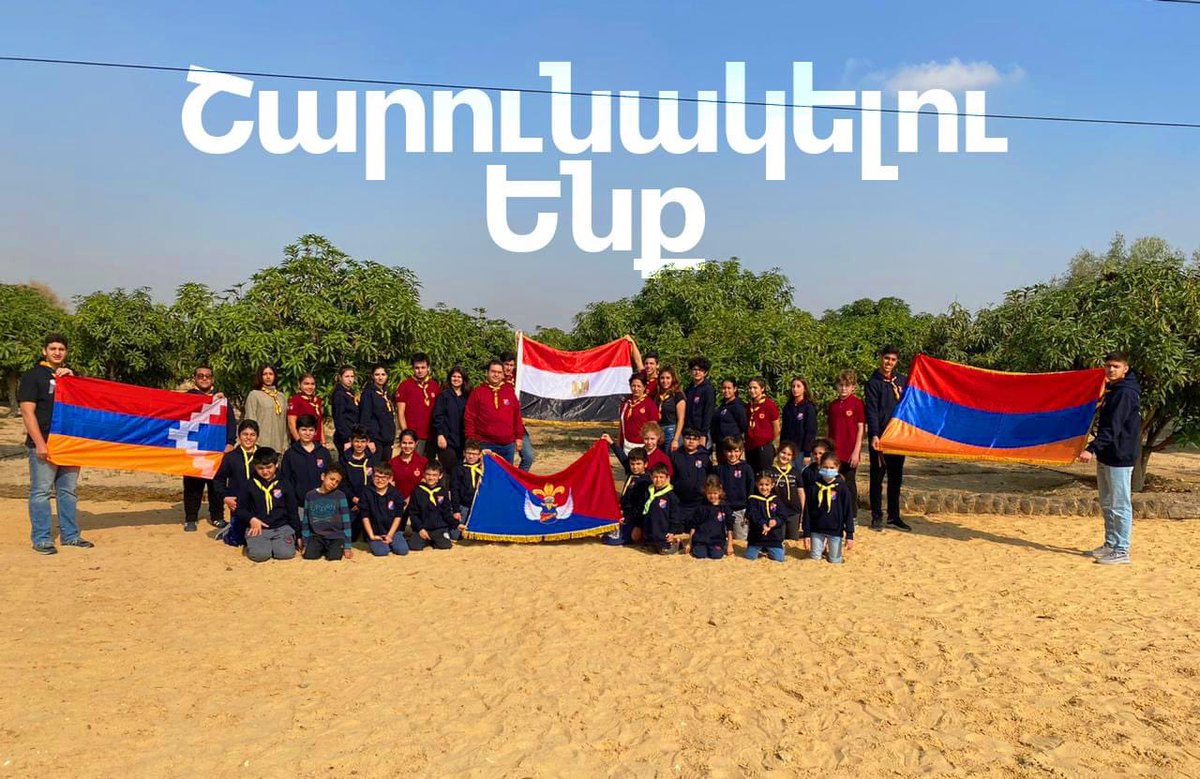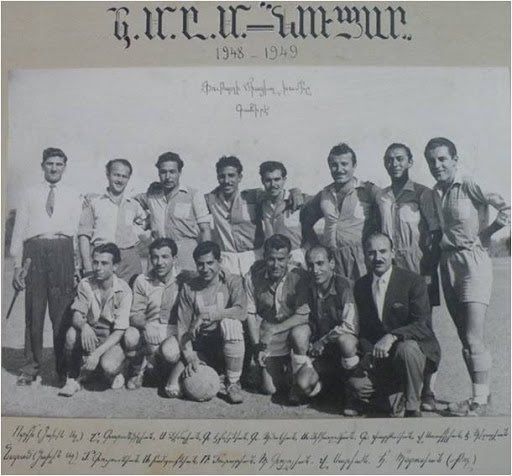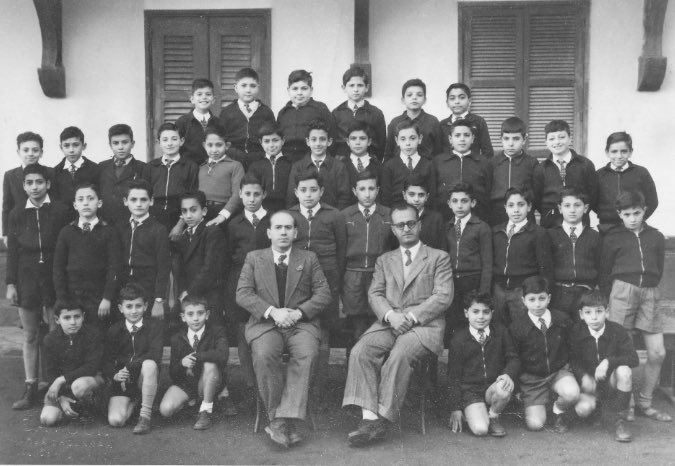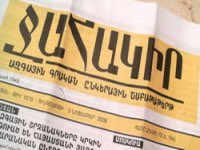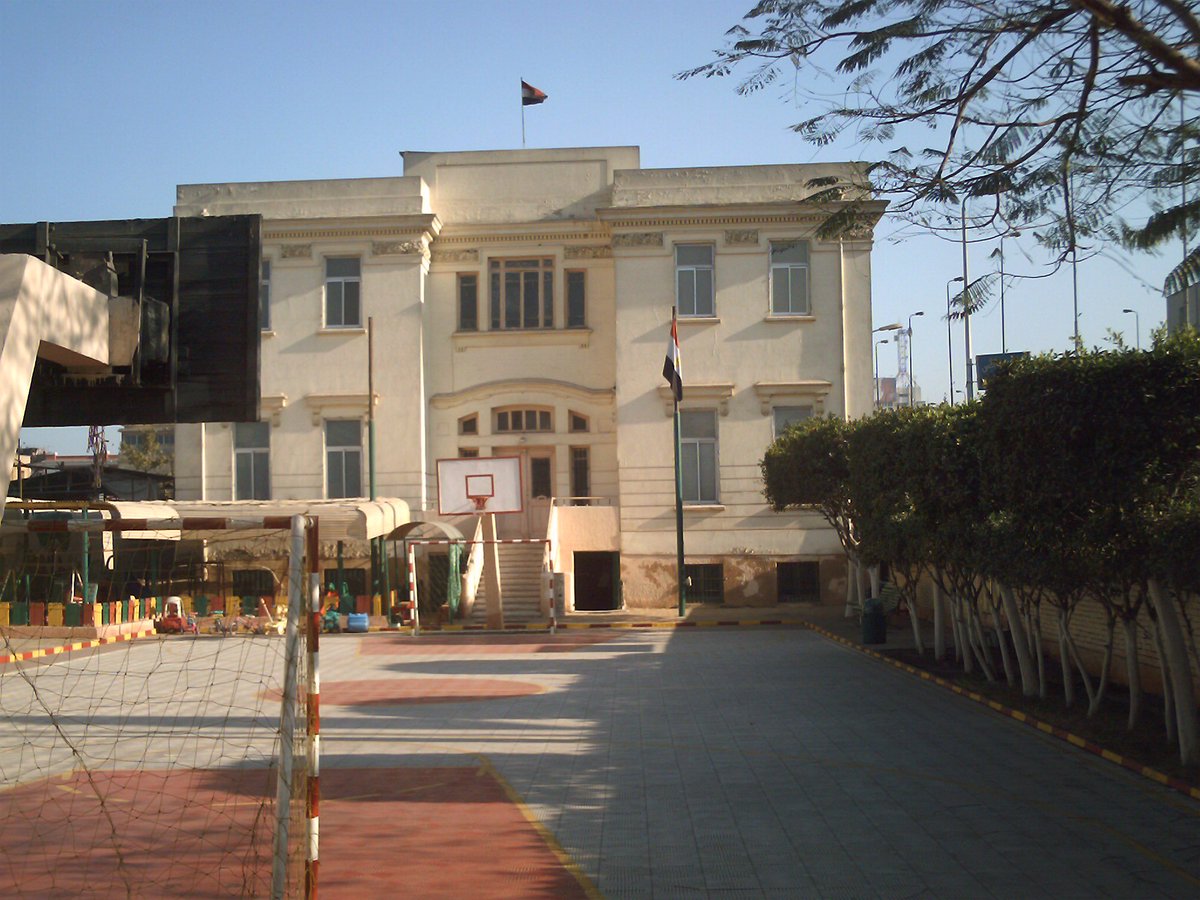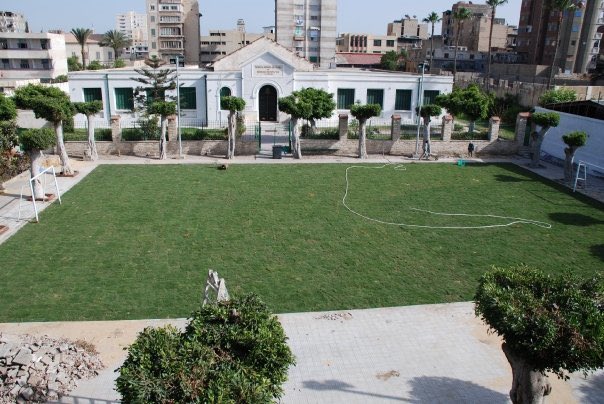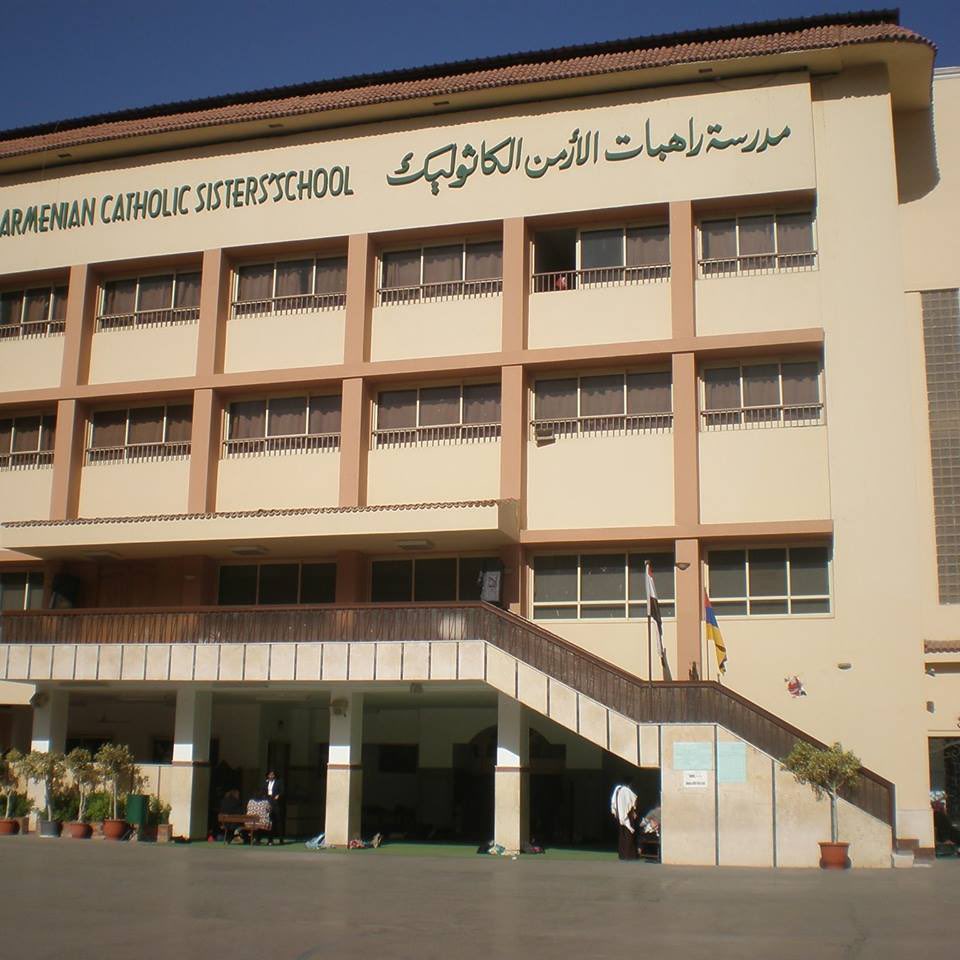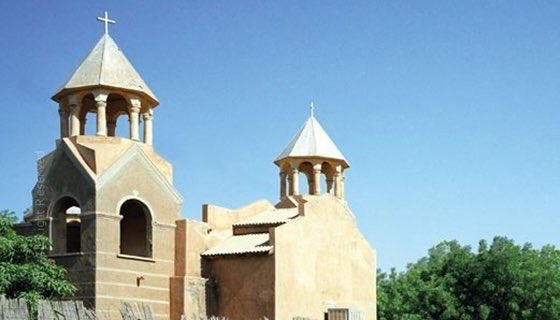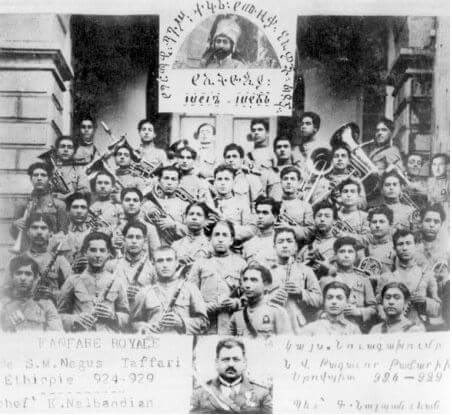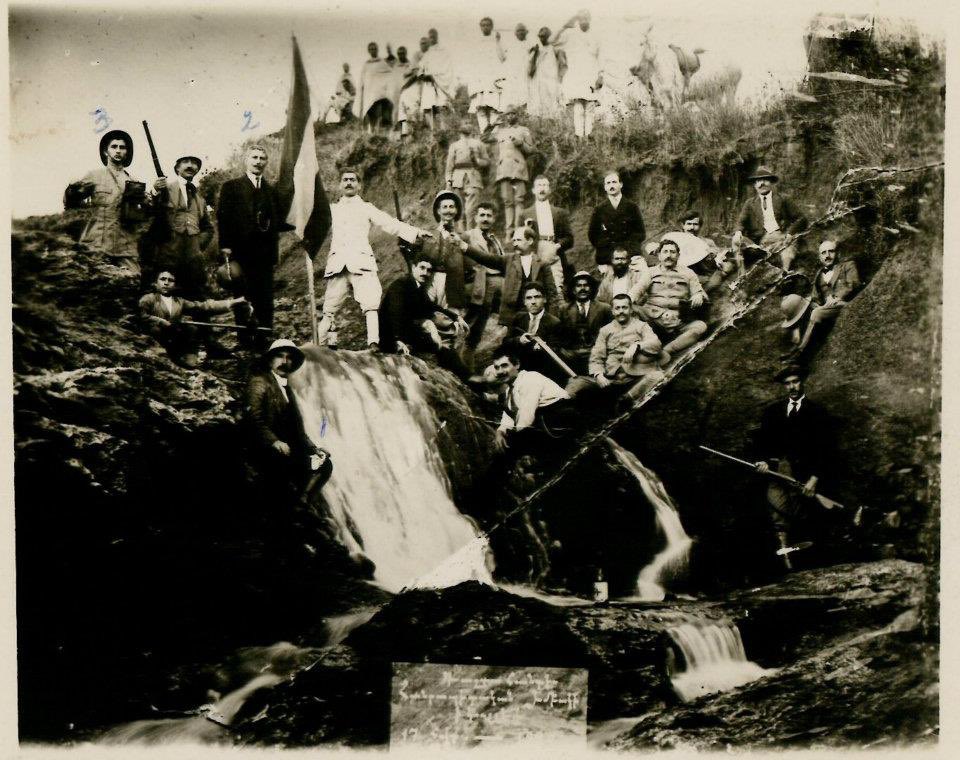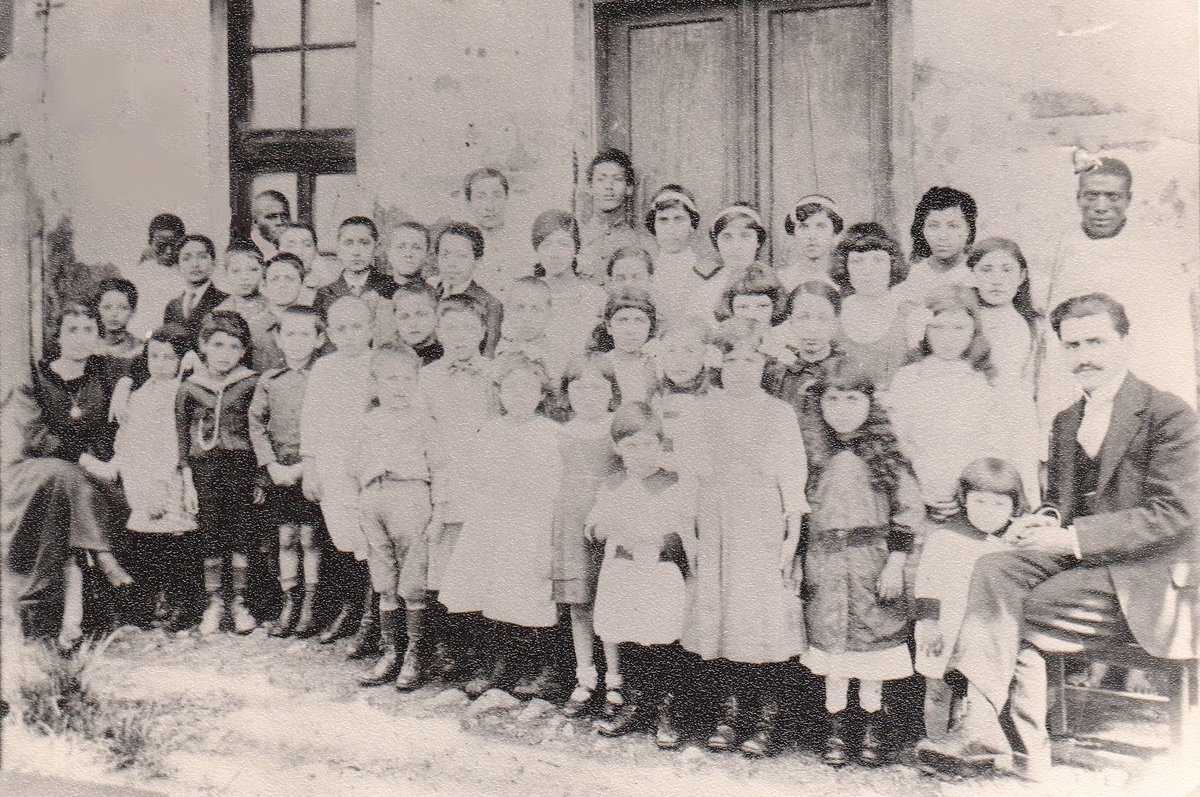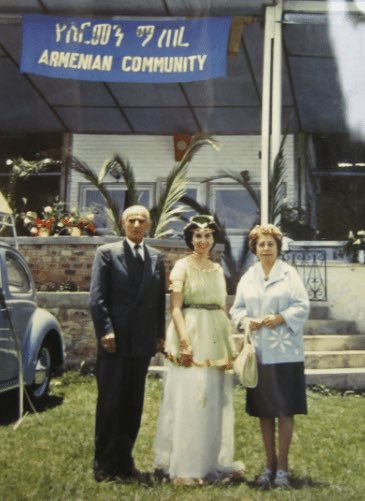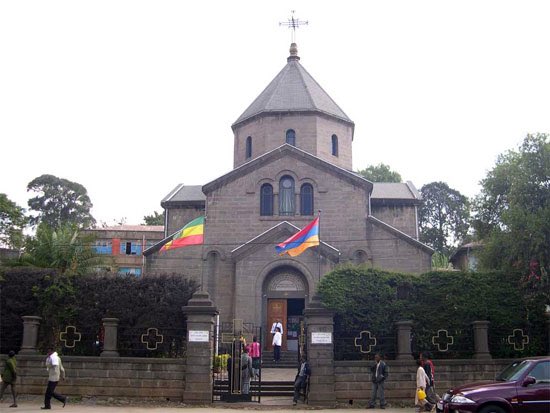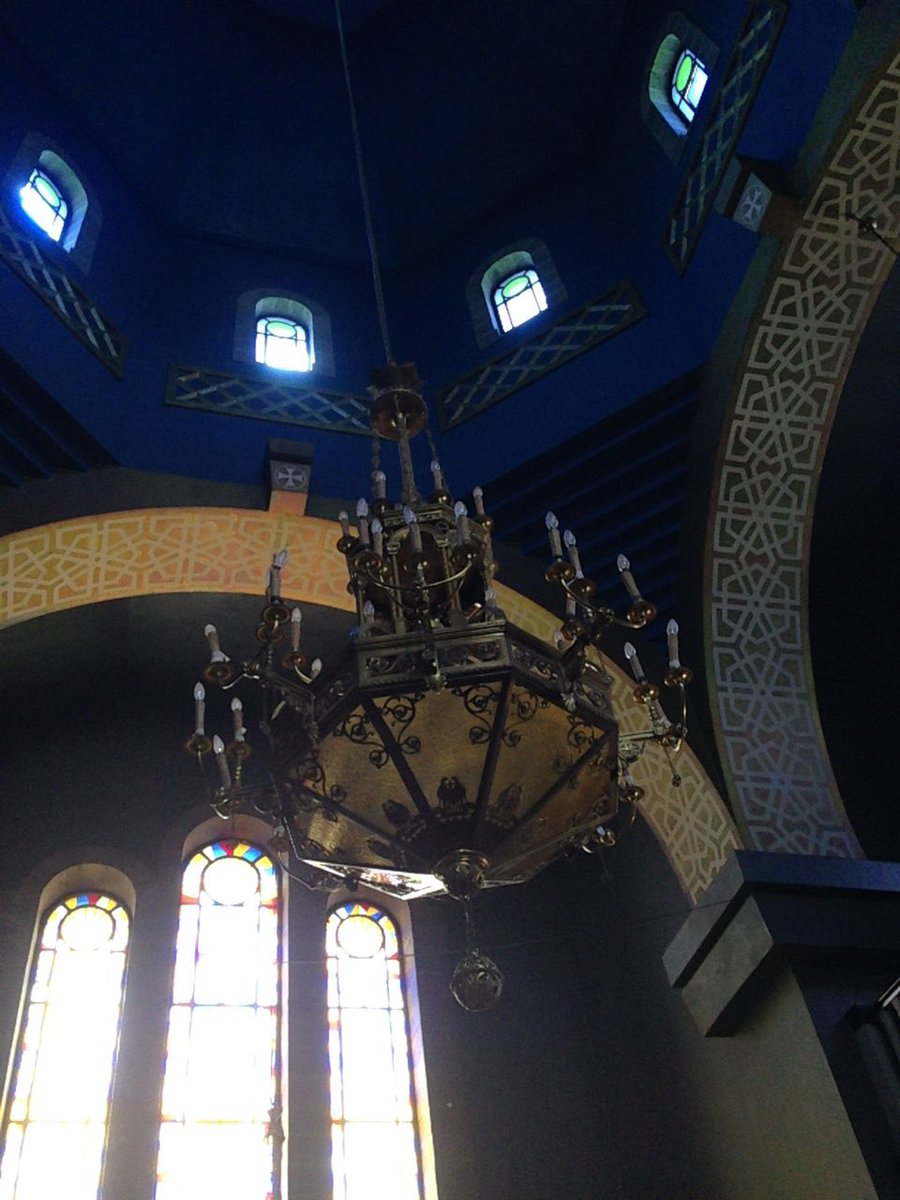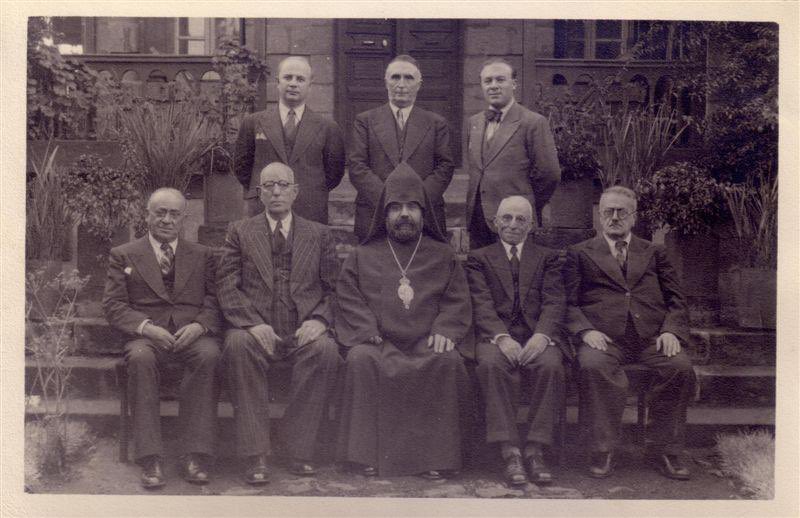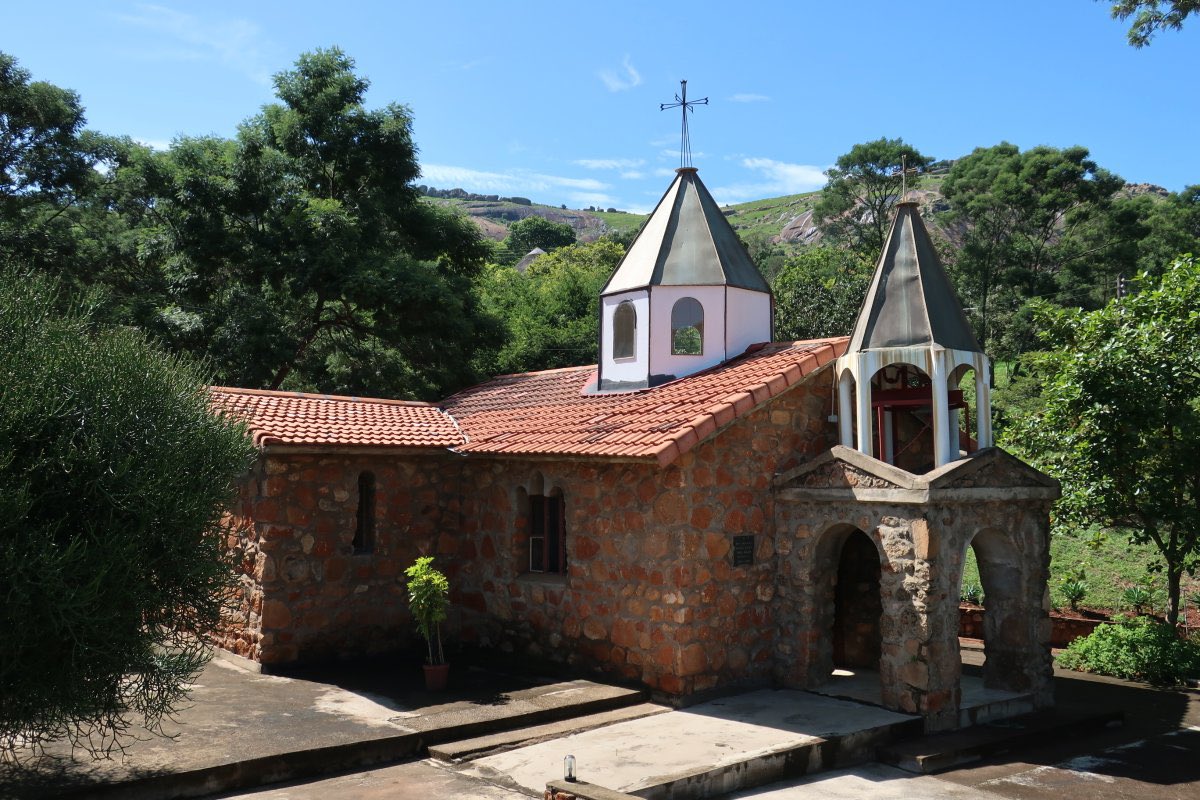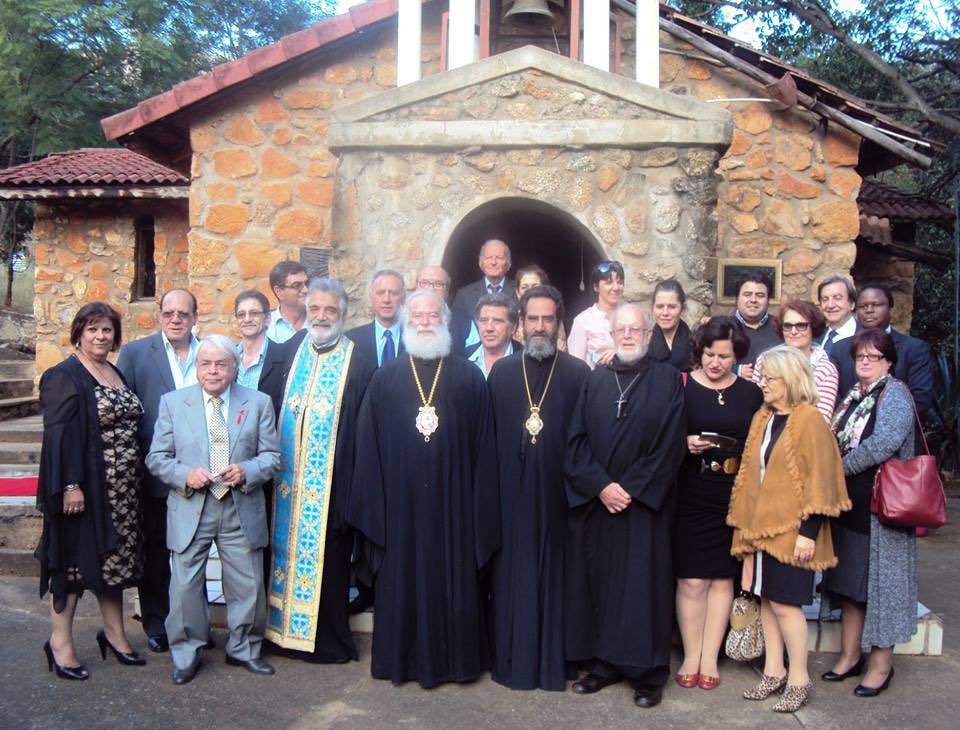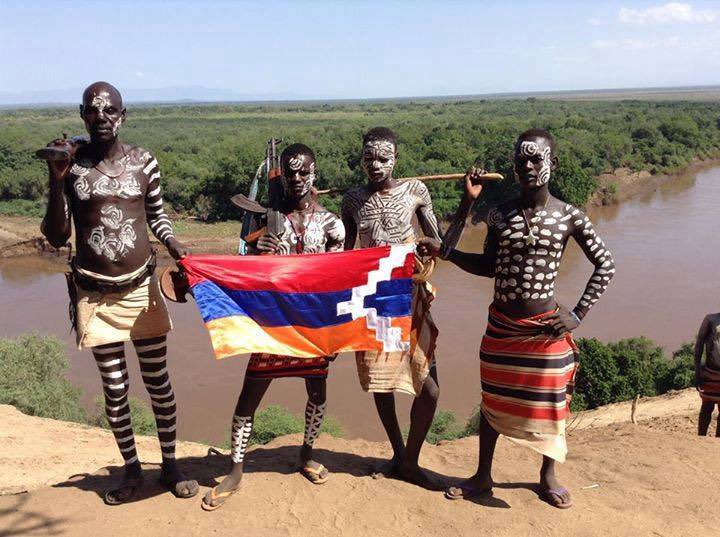I wanted to make a thread about the #Armenian communities of the Nile: #Egypt, ancient Kush or Nubia (modern-day #Sudan), and ancient Aksum or Abyssinia (modern-day #Ethiopia and #Eritrea).
Armenians have been in Egypt for centuries, the earliest trace dates to the 5-6th centuries with this manuscript written in the Greek language, but using the Armenian alphabet. Most likely written by an ethnic Armenian soldier of the Byzantine army, it’s currently kept in Paris.
Under the Fatimid Caliphate (909–1171) some 100,000 Armenian lived in Egypt. Fatimid Viziers of Armenian origin: Badr al-Jamali, his son Al-Afdal Shahanshah, his son Kutayfat, Abu'l-Fath Yanis, Bahram al-Armani, Tala'i ibn Ruzzik and his son Ruzzik ibn Tala'i shaped the empire.
The White Monastery served as a host for Armenian monks in the 11th and the 12th centuries. This is indicated in the inscriptions found on the paintings of the central apse of the church, which date between 1076 and 1124. Among these Armenian monks was the Armenian Vizier Vahram.
There were 30 Armenian churches functioning in Egypt in the 12th century. Following the Battle of Mari in 1266, the Mamluks of Egypt (1250–1517) invaded Cilicia’s cities of Adana, Mamistra (Mopsuestia), Tarson (Tarsus), and Sis (Kozan) taking 40,000 Armenian captives to Egypt.
Muhammad Ali of Egypt (r. 1805-1848) invited Armenians to Egypt. Boghos Youssufian (1768–1844) was an Armenian banker, who in 1837 was appointed head of the Diwan Al-Tijara (bureau of commerce). In 1878, Nubar Nubarian (1825–1899) became the first Prime Minister of modern Egypt.
The Armenian General Benevolent Union ( @agbu) was founded in Cairo in 1906 by Boghos Nubar, son of Nubar Pasha. Today, the AGBU has 32,000 members and serves some 500,000 Armenians in over 30 countries, with an annual budget of $47 million.
The first Armenian film with an Armenian theme called "Haykakan Sinema" was produced in 1912 in Cairo by Armenian-Egyptian publisher Vahan Zartarian. The film was premiered in Cairo on March 13, 1913.
By 1914 there were ~2,000 Armenians in Egypt. There were 12,854 according to the 1917 census and 17,188. Although a @StateDept report claims there were 28,000 Armenians in Egypt, Sudan and Ethiopia (Abyssinia) in 1921.
Some 4,000 Armenians repatriated to Soviet Armenia in 1946-1949. The “Pobeda” ship, seen here in Alexandria’s harbor in 1947 with a poster that reads “The Fatherland is waiting for you. Greetings to the new citizens of Soviet Armenia” took many “home.”
There were some 40,000 Armenians in Egypt in 1952. But as a result of the revolution led by Gamal Abdel Nasser, many Armenians began to emigrate to Europe, the United States, Canada and Australia.
Today there are 6,000 Armenians in Egypt: 4,000 in Cairo and 2,000 in Alexandria. Some 4,000 are Orthodox Christians, 1,500 are Catholics and 500 are Evangelical. Here are images of Cairo’s historically Moski Quarter.
There are 5 Armenian churches in Egypt: 2 are Armenian Apostolic (Orthodox) belonging to the Armenian Diocese of Egypt (est. 1825); 2 are Armenian Catholic belonging to the Armenian Catholic Eparchy of Alexandria (est. 1885); and 1 is an Armenian Evangelical Church.
The Armenian Evangelical Church of Alexandria was built in the 1920s. It lacks a reverend since the last one, Vahram Khunganian, passed away in 1990.
Cairo is home to 4 social and 3 athletic clubs, while Alexandria has 2 social and 2 sporting clubs. There is one home for the elderly in Cairo, and many activities for young people, including a dance troupe, Zankezour, a choir, Zevartnots children's choir, Dasghgasdan.
The 5 athletic clubs are:
-Homenetmen Ararat, Cairo (1914)
-AGBU Nubar, Cairo (1958)
-Saint Theresa Club, Cairo (1969)
-Homenetmen Gamk, Alexanadria (1912)
-AGBU Nubar, Alexandria (1924)
-Homenetmen Ararat, Cairo (1914)
-AGBU Nubar, Cairo (1958)
-Saint Theresa Club, Cairo (1969)
-Homenetmen Gamk, Alexanadria (1912)
-AGBU Nubar, Alexandria (1924)
There are 3 newspapers:
-Housaper (1913): belonging to the Armenian Revolutionary Federation (Dashnaks)
-Zareh (1915):belonging to the Armenian Democratic Liberal Party (Ramkavars)
-Tchahagir (1948): belonging to the Social Democrat Hunchakian Party (Hunchaks)
-Housaper (1913): belonging to the Armenian Revolutionary Federation (Dashnaks)
-Zareh (1915):belonging to the Armenian Democratic Liberal Party (Ramkavars)
-Tchahagir (1948): belonging to the Social Democrat Hunchakian Party (Hunchaks)
There are three major schools:
-Kalousdian-Nubarian School in Cairo (1828): 150 students
-Melkonian-Boghossian School in Alexandria (1862): 85 students
-Armenian Catholic Sisters School in Cairo (1953): 1,600 students (most are Copts, not Armenians)
-Kalousdian-Nubarian School in Cairo (1828): 150 students
-Melkonian-Boghossian School in Alexandria (1862): 85 students
-Armenian Catholic Sisters School in Cairo (1953): 1,600 students (most are Copts, not Armenians)
Down the River Nile, Armenians settled in Khartoum, Sudan following the 1894-1896 Hamidian Massacres. They operate the Apostolic Church of Saint Gregory (1957). Once home to 2,000 Armenians only 50 remain today. Most left after the 1969 nationalist takeover.
Here’s an article from @TIME on the Armenians of Khartoum, Sudan published in 2009. http://content.time.com/time/world/article/0,8599,1903175,00.html
Here’s a short clip of the 2014 Easter Divine Liturgy Service at the Armenian Apostolic Church of Saint Gregory in Khartoum, Sudan.
Further south, Ethiopia has a historic Armenian presence. In 1924, Emperor Haile Selassie adopted 40 orphans of the Armenian Genocide from Jerusalem the “Arba Lijoch” who came to form the first national orchestra of Ethiopia along with their teacher Kevork Nalbandian.
By 1935, there were 2,800 Armenians in Ethiopia. During the collapse of the monarchy in 1974, there were still 2,000. Today there are barely 80 Armenians left in Addis Ababa.
The Apostolic Church of Saint George (1935) still operates in Addis Ababa. There was also a local AGBU (1908), Ararat athletic club (1943), and the Kevorkoff School (1924). The community is small, but survives nonetheless.
Here’s a clip from a 2012 Divine Liturgy Service at the Armenian Apostolic in Addis Ababa, featuring local singer, Vahe Tilibian. Tilibian along with 6 Armenians from 5 continents (+Armenia) formed the 2015 team representing Armenia at @Eurovision
At the southern edge of the continent, the Armenian Apostolic Chapel of the Holy Resurrection was built in 1986-1989 in Swaziland. It was built by Grigor Derbelyan, born in Aintab (Gaziantep, Turkey) in 1914. Derbelyan and his mother ended up in Cairo, Egypt after the Genocide.
Derbelyan then moved to Khartoum, Sudan and eventually Johannesburg, South Africa. Today there are 8 Armenians in Swaziland and 300 in neighboring South Africa. In 2016, ownership of the church was transferred to the Mother See of Holy Ejmiatsin.
Anyways, that’s the story of Armenians on the African continent. Needless to say, I think they like having us there. #ArtsakhIsArmenia 

I forgot to add this in the Ethiopia section, but there’s an article from @BBCWorld from 2020 on the Armenians of Ethiopia. https://www.bbc.com/news/world-africa-51672965
Interesting personal fact, my father’s ancestry is completely from Aintab, like Derbelyan. Most of my family ended up in Haifa in 1920, most moved to Beirut after 1948. One branch of my family had ended up in Irbid then moved to Amman, and another branch ended up in Addis Ababa.
We also had some relatives move from Beirut to west Africa (Sierra Leon and Ivory Coast). A distant relative who was a doctor ended up moving to Cape Town, South Africa 



We also have relatives from my father’s side in SoCal, New York City, Washington DC, Philadelphia, Helsinki, Oslo, Aleppo, Damascus, and of course Yerevan 
My mother’s side is much more dispersed, to places as far as Caracas, Buenos Aires, and São Paulo.

My mother’s side is much more dispersed, to places as far as Caracas, Buenos Aires, and São Paulo.

 Read on Twitter
Read on Twitter